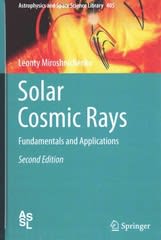Answered step by step
Verified Expert Solution
Question
1 Approved Answer
Beaker (mL) S Top-loading balance (g) 0.01 DATA: Enter your experimental data, and calculate the mass of water. 1st water addition and water addition 3d

Step by Step Solution
There are 3 Steps involved in it
Step: 1

Get Instant Access to Expert-Tailored Solutions
See step-by-step solutions with expert insights and AI powered tools for academic success
Step: 2

Step: 3

Ace Your Homework with AI
Get the answers you need in no time with our AI-driven, step-by-step assistance
Get Started


